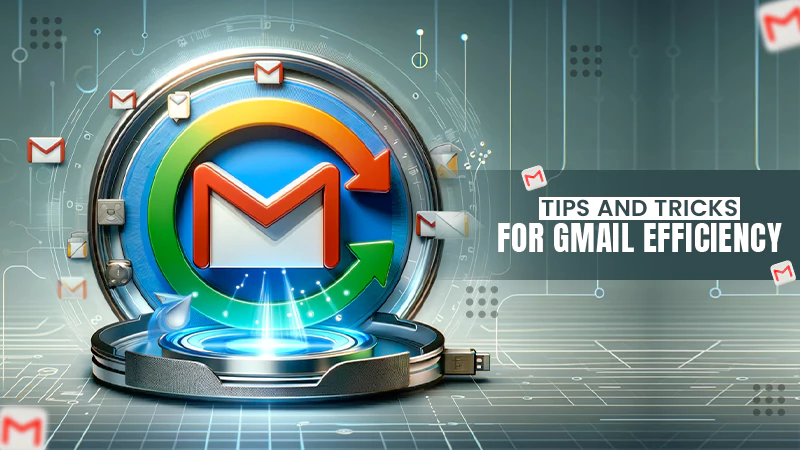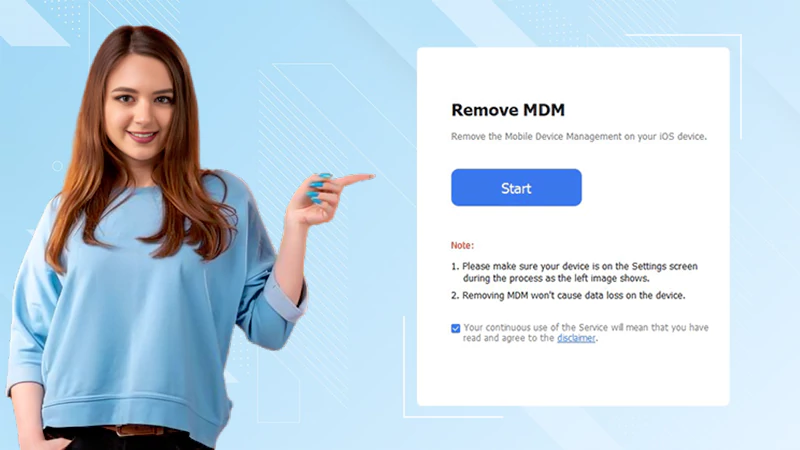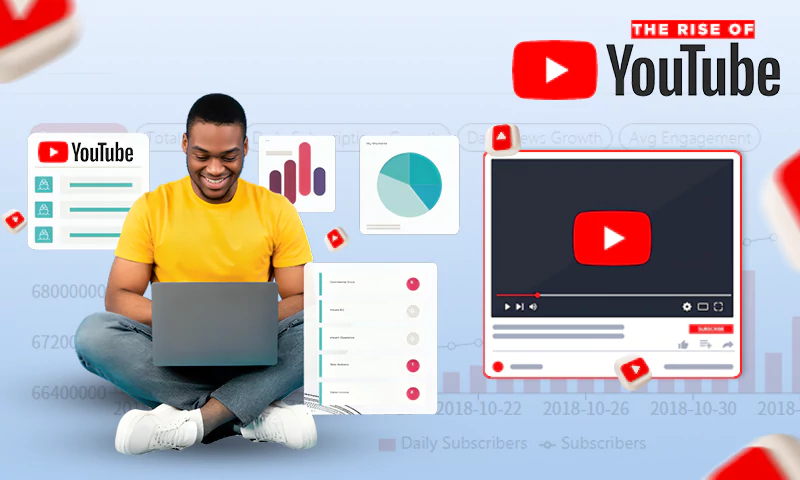5 Helpful Ways to Use Website Popups to Drive More Traffic to Your Site
Popups, which have practically taken over today’s websites, are one of the most efficient lead producers. They are occasionally seen to be bothersome, but if you utilize them correctly, they may be really useful. The average conversion rate for popups is 3%, while the best marketers report a 10% conversion rate. Here are 5 helpful ways to increase your popup conversion rate and begin producing leads automatically if you don’t want your internet marketing to be merely “average”.
Know Your Audience

Creating high-converting popup templates starts with knowing your target market, as it is crucial for your marketing plan. However, it is the most neglected aspect of a website’s efforts to increase conversion rates.
It’s sometimes not necessary to worry about identifying your audience if your website is devoted to a very narrow field because they will be clear from the goods or services you provide. For instance, a phone case retailer should not worry about identifying their ideal clients because they are aware that those are people who are shopping for phone cases.
Therefore, the majority of websites with vast niches need to do in-depth market research to identify their audience and classify them according to their tastes, requirements, and wishes.
Additionally, it enables you to customize your marketing messaging. This is significant since, according to research, just 72% of customers connect with companies when they get customized messages.
Ensure Your Popups are Contextual
Make sure your popups appear and feel as similar to the website as you can. A serious sales page is not going to look well next to a popup that is bright pink and glittery, therefore many people will close it before it even runs in their browser.
Maintain consistency to prevent consumers from being shocked or distracted by what appears. Try to avoid using popups on sites with content that is different from the popup as they should match the material of the webpage on which they appear.
You might be displaying a popup on the page where visitors don’t need your assistance or could find it annoying. Strangely, when visitors visit specific websites, popups with special offers are displayed. Users are frequently disappointed as a result, and conversion rates are low.
Don’t Use Immediate Popups
Make your popup appear after a set time rather than right away. Users will read your material more leisurely as a result, which may enhance the likelihood that they will convert.
You don’t want to frighten visitors away when they are visiting your website by bombarding them with popup windows. You must be aware of the best moment to provide offers and encourage visitors to take action.
Examining the page they came from is one method. Offer a similar product if the page is for a product. If it’s an article page, provide a second or third article on the subject. Offer further blog entries from the same blog if it is a blog post.
If you bombard your audience with popups as soon as they arrive on your website, you won’t be able to do this. So, hold off for a few seconds. Allow your viewers to engage with the material on your website before presenting them with a pertinent popup.
Surprise Your Audience with Exit-intent Popups
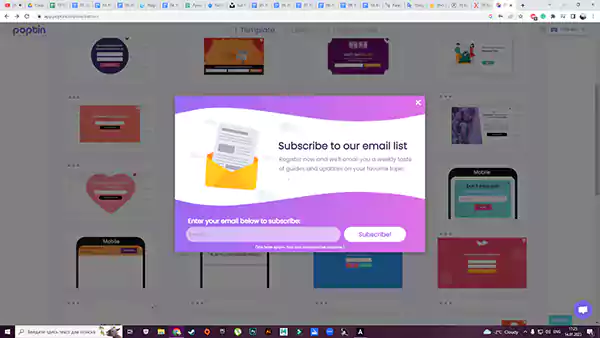
It’s okay to be intrusive at this point as your audience is already departing.
It is quite challenging to convince a person to alter their decision when they are about to leave your website. As a result, your popups must have a compelling value proposition when you deploy them to keep your audience engaged and convert them into leads for your company, maintaining a high conversion rate.
Make sure it’s unique, full of contrast (perhaps with graphics or videos), and catches your audience off guard.
Offer a discount if the page is for a product or service so that people would sign up and become leads for your company.
A/B Test Your Popups
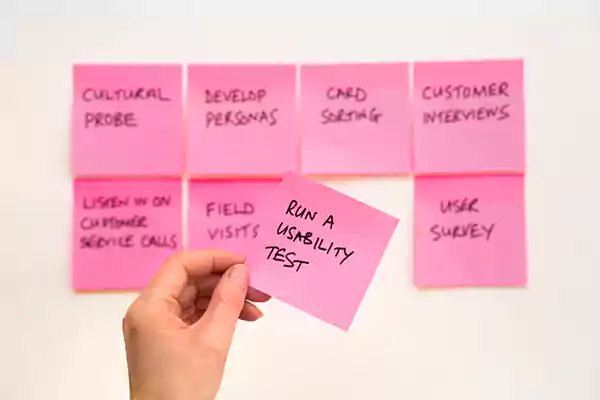
Concerning A/B, to compare your popups fairly, you should use identical copy and graphics in each iteration when testing them.
Make only one adjustment each time, though. This will enable you to decide which one performed more effectively. After each version of your popup has been shown for a certain period, you’ll examine the number of individuals that clicked through from each of the two variants (usually 24 hours). After entering this data into a statistical significance calculator, the results are immediately available. The more successful version is the one with the better conversion rate!
What are some of the crucial areas that you ought to do A/B testing for, then?
- The headings in pop-up windows;
- The popups position and location;
- Deleting information from your popup and adding it;
- Simple tweaks to the popup design.
Conclusion
These 5 suggestions will undoubtedly point your popup in the proper direction and significantly increase your conversion rate.
The most essential piece of advice is to make sure your visitors receive value at each stage of the process. These 5 suggestions are intended to do precisely that but in various forms and methods. There is no reason why your popup should continue to be at the average level of 3% if each one aims to guarantee that your visitors can genuinely get the most out of your website. Let us know in the comments if you have any queries or suggestions, and I’ll get back to you. Share this post if you enjoyed it.
Share





